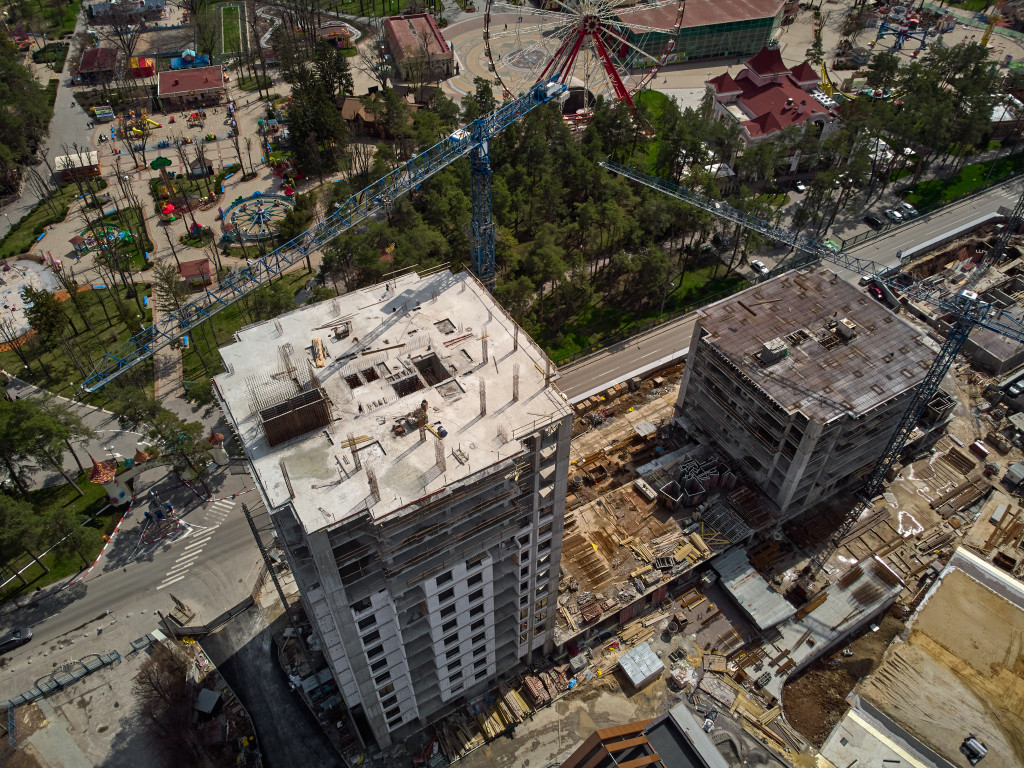According to an August report by Reuters, housing construction for single-family homes appears to be pausing because of the Delta variant of Covid-19 rampaging across the U.S., and a scarcity of construction labor. Also, while prices of lumber have fallen a little, the overall cost of building materials remains high. Other factors are the sky-high prices of homes that have become unaffordable to many buyers.
Despite low mortgage rates, applications for housing loans have declined according to the Mortgage Bankers Association. If builders continue to build using costly materials, the selling prices will go even higher.
Many home builders are riding out the situation, waiting for prices to calm down. Permits for building single-family homes decreased by 1.7 percent from last month, down to 1.048 million units. There is a 2.6 percent increase in the backlog of homes with permits but not yet started, at 241,000 units. This is the third-highest backlog on record.
On the other hand, the number of newly completed single-family houses increased by 3.6 percent with 954,000 units in July. The number of houses under construction in July increased by 0.4 percent from June, at 1.373 million units. This is not enough to fill the gap in inventory because realtors state that the housing market needs 1.5 million to 1.6 million new units every month. Once materials become reasonably priced again, home construction will surely build momentum anew.
Home Renovation Is Still Booming
In the meantime, the home renovation market is still full speed ahead and keeping contractors busy. A July survey by The Harris Poll showed that more than half or 55 percent of homeowners did major renovations in the first half of the year. They stated that they did this to increase their home’s value. This represented a 25 percent increase from the second half of 2020.
According to the Economy of Everything report by Angi, the market for home services in 2021 is $595 billion. Of these, $376.9 billion is from home improvement, $157.7 billion is from home maintenance, and $60.6 billion is from home emergency repair. The total represents a 17 percent increase compared to $506 billion in 2020.
This expenditure covers 728.3 million projects in 2021. Of these, there are 500.3 million maintenance projects, 148.5 million home improvement projects, and 79.5 million projects for emergency repairs. The work is done by 5.8 million home service professionals for 141.5 million homes.
One of the factors driving home service projects is the age of homes. The national average age of homes in the U.S. is 43 years old. Single-family homes have a median age of 44. However, almost 40 percent of all houses in the country are more than 50 years old.
The report likewise attributes the current increase in spending for home improvement, maintenance, and repair services to the spike in home prices that increased home equity for homeowners, enabling them to tap into this through equity loans. The low mortgage rates also led many homeowners to opt for mortgage refinancing, lowering their monthly payments. Furthermore, pandemic restrictions lowered homeowners’ expenditure on travel and eating out, increasing their savings.

Contractor Specialization
According to Harvard University’s Joint Center for Housing Studies (JCHS), the home renovation industry is so large that it can accommodate the growth of many smaller and more specialized contractors focusing on specific services. Most of these specialized contractors handle jobs on house exteriors such as roofing, doors, windows, and sidings. Coincidentally, these account for 20 percent of homeowners’ annual home renovations spending.
In many states, specialty contractor services need separate licensing that requires passing an examination. For instance, a legitimate roofing contractor license is required in Utah, Alabama, Alaska, Arizona, Florida, Hawaii, Illinois, Massachusetts, Michigan, Minnesota, Nevada, New Mexico, Oregon, Rhode Island, Virginia, and West Virginia.
In some states, a specialty license is required only for projects worth a certain minimum. This is $500 in California; $2,000 in Arkansas; $2,500 in Georgia; $4,500 in North Dakota; $7,500 in Louisiana; $10,000 in Mississippi; $25,000 in Tennessee; $30,000 in North Carolina; and $50,000 in Delaware. While other states do not require a state-level specialty license, their local counties may require this.
Having specialty contractor licenses protects consumers because it ensures that the work is done by vetted professionals and is based on certain standards. In Utah, for instance, there is a long list of other specialty contractor licenses required, including those for a siding contractor, glass and glazing contractor, wood flooring contractor, general painting contractor, overhead and garage door contractor, carpentry contractor, and landscaping contractor, among many others.
Whether as a large general contractor or a smaller specialty contractor, the residential construction industry is a good business to invest in. There will always be work to be done, both in building new houses and renovating existing ones.





